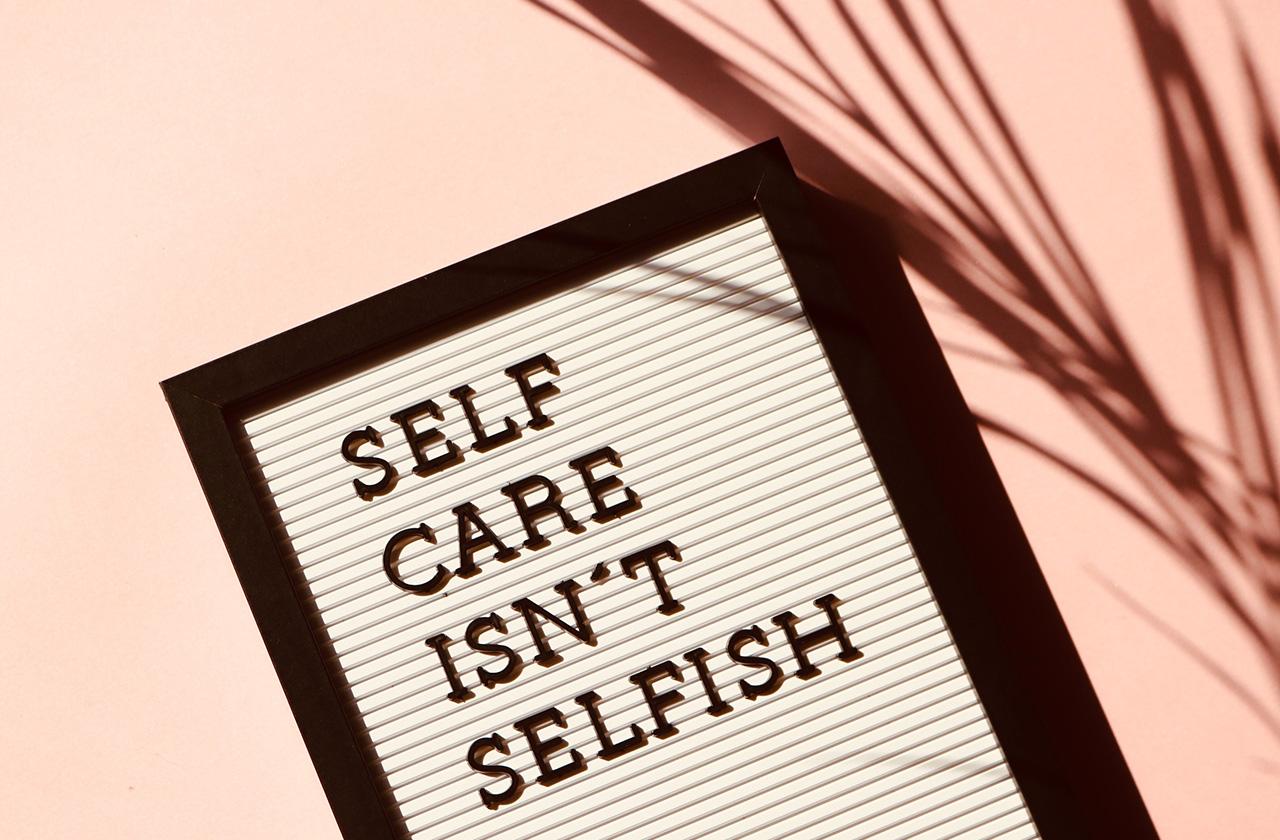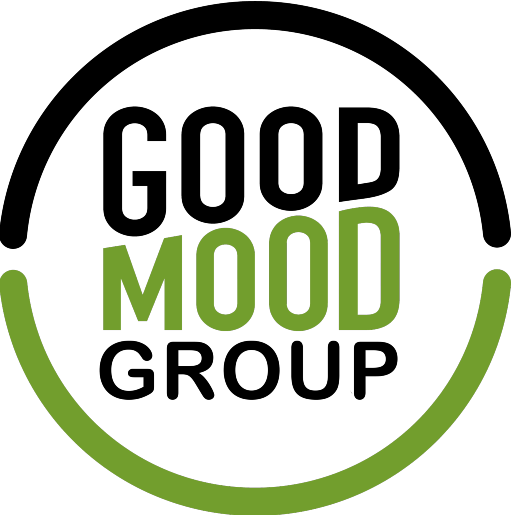
According to the World Health Organisation, “mental health is more than the absence of mental disorders” 1 . We do not only want to survive; we want to thrive. Once our basic needs are met, we want to cultivate the best version of ourselves and a meaningful life.
Doing so can increase our resilience at those times when we face life’s inevitable adversities.
Martin Seligman, Professor of Psychology at the University of Pennsylvania, motivated a lot of research into psychological well-being and coined the term ‘positive psychology’. According to Seligman’s theory of well-being, there are five ‘building blocks’ towards a fulfilling life. If we apply our strengths to cultivate these five building blocks, we are moving in the direction of ‘flourishing’ 2 . Each of these five building blocks can be more or less important to a person, depending on their values, talents and interests. Each can also be cultivated and strengthened, using various techniques suggested by positive psychology.
What are the building blocks for a fulfilling life, according to positive psychology?
Positive emotions
Naturally, a person who tends to experience anger, anxiety, or sadness more often than positive emotions, is unlikely to have a satisfying life. We differ in our tendency to experience positive emotions, even when we are going through the same experiences. If you are someone who tends to focus on the negative, remember that positive emotions can in fact be cultivated. We can train ourselves to pay attention to small pleasures in everyday life: a child’s smile, a beautiful tree, the smell of our morning coffee, the feel of clean sheets at night. Intentionally savouring such small pleasures goes a long way to balance out the natural tendency of our minds to seek out negative information.
Some people are drawn to high-energy positive emotions like excitement or enthusiasm, while others enjoy low energy positive emotions like calm, gratitude, awe, or peace. Find out what positive emotions contribute to your wellbeing and practice seeking these out every day, in small ways.
If we work on strengthening the other ‘building blocks’ described below, they will also add to our overall experience of positive emotions.
Engagement
Have you ever been so absorbed in an activity that you were barely aware of your surroundings, as if time stopped? It occurs when we fully concentrate our skills and attention on a challenging task, while being free from distractions 3 . It is also called ‘flow’, or more colloquially ‘being in the zone’. This kind of positive engagement is intrinsically enjoyable, and is often experienced by musicians, artists, and sports people.
On the less creative side, the attraction to computer games is also partly an expression of our intrinsic enjoyment of using our skills to master a challenging task. Other (perhaps less addictive), ways to experience flow may be by having a good conversation with an interesting person, reading an engaging book, writing, learning a new language, renovating or fixing things, gardening, playing sport, doing arts and crafts, and so on.
Of course, if you experience flow during your work tasks, you probably found a well-fitting vocation. If not, finding a hobby or other interests where you can experience this type of engagement would help increase the amount of positive emotion and satisfaction in your life.
Relationships
Humans evolved to be social beings: connecting with others increased our very chance of survival. This has not changed over the millennia: having supportive relationships promotes well-being and helps us cope with difficult times. Loneliness, on the other hand, has been shown to be associated with both mental and physical ill-health.
Again, people differ in the amount, intensity and nature of social relationships they need. Extroverts find large social gathering invigorating and need these to feel more alive. Introverts prefer more quiet social encounters with fewer people, and find they need time alone to re-energise. A lot of people are somewhere in the middle between these two ends of the introversion-extroversion dimension.
Not only do we need others to rely on for support, we also feel better if we act kindly towards others, be they family, friends, or perfect strangers. Doing small acts of kindness for others produces an increase in well-being. If you feel that your life is lacking the kind of connections you need, you may want to put some effort into this ‘building block’ in 2023. Volunteer, join a club, make an effort to reconnect with long-lost friends: the resulting sense of belonging, compassion, kindness, empathy, teamwork, cooperation and camaraderie will add to your sense of well-being.
Meaning
Many of us have asked the question of “why”: why am I doing this, why am I here, what is the purpose of my life?
Having a sense of purpose puts everything into context and adds a sense of positive energy to life, from work to relationships to many other pursuits. Finding meaning is learning that there is something greater than yourself.
A sense of meaning can often come from spiritual beliefs and from a sense of belonging to a spiritual or religious community. For those without such beliefs, a sense of purpose can be derived from commitment to family or to a larger community, or to a cause. An active involvement in politics, work organizations, social justice, the environment, animal welfare, or any other cause that you feel is important beyond your everyday concerns will add meaning to your life.
Whatever it is, if you live according to your values, a sense of increased well-being can result.
Accomplishments
All building blocks of a satisfying life interact with each other. For example, when we use our strengths towards success and mastery, our accomplishments can also increase positive emotions, such as pride. Conversely, a sense of accomplishment can be derived from our relationships, community engagements, or from our hobbies.
While accomplishments are important, they are probably the most ‘overrated’ aspects of life in our competitive societies.
If, looking back on your life so far, you notice that your achievements, or the pursuit of them, got in the way of taking care of other aspects of your life, such as relationships, flow, or meaning, it might be time to re-evaluate.
A balance among the five ‘building blocks’ is necessary to create a sense of fulfilment in life.
Of course, mental well-being does not mean that we are constantly happy, optimistic and confident. Negative emotions, self-doubt and loss are also a part of the human condition. To live an authentic life, we need to be able to acknowledge and fully experience negative emotion, while also keeping a ‘big picture’ view of our accomplishments, our relationships, and the values that give meaning to it all.
References
1 https://www.who.int/campaigns/world-mental-health-day/2022
2 Seligman, M. (2012). Flourish – A new understanding of Life's Greatest Goals- and what it
takes to reach them. William Heinemann Australia. (1st ed)
3 Csikszentmihalyi M (1997). Finding Flow: The Psychology of Engagement with Everyday
Life. New York: Basic Books. (1st ed.).
Dr Marianna Szabo is a Clinical Psychologist, a leading expert in Mindfulness, and a Senior Lecturer in Psychology at the University of Sydney.
Her research primarily focuses on mental wellbeing, mindfulness, and other meditation practices.
Marianna is part of the Good Mood Dudes network of experts available to support your wellbeing program. If you want to soundboard your wellbeing plan or hear how we’d get your program up and running, get in touch with our team for a complimentary strategy call today.









